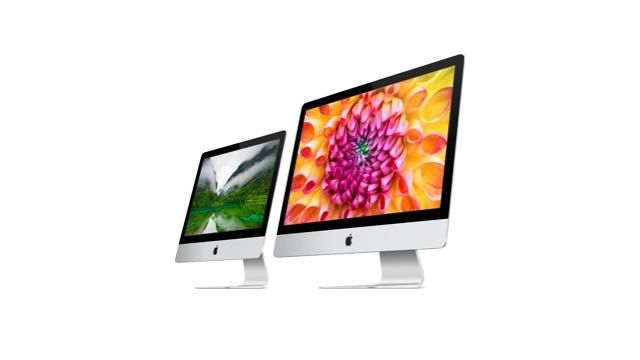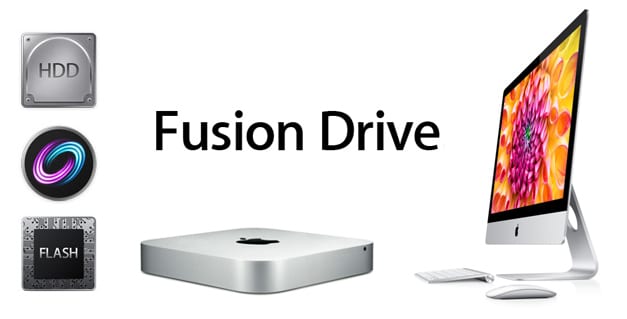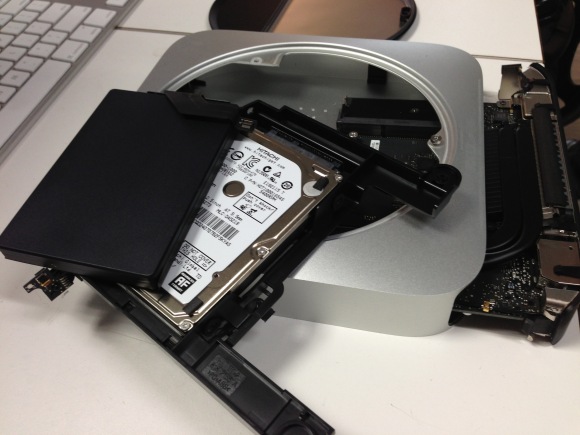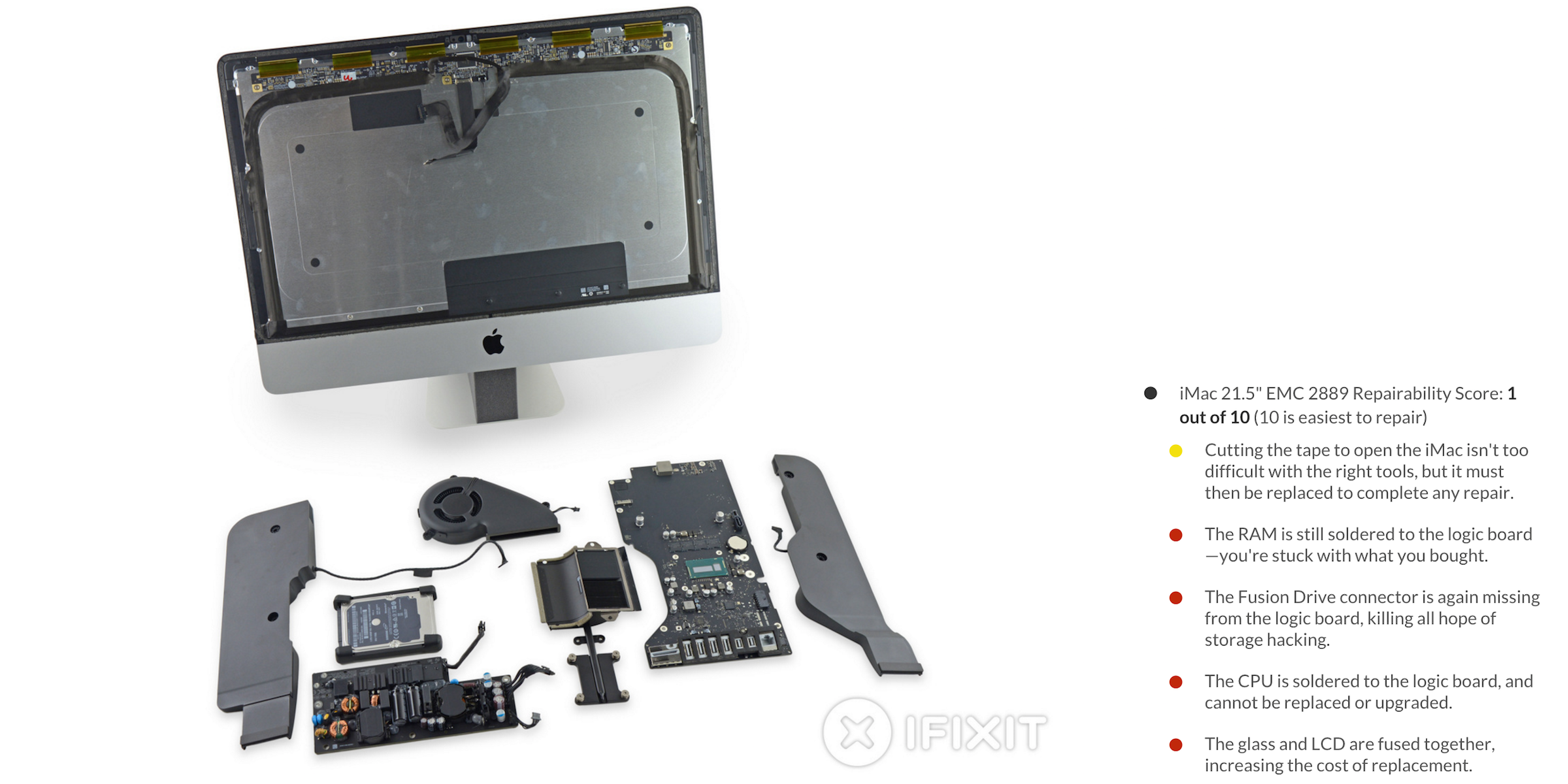

Step 8 – Get ID information for Fusion array. Once you enter in this command, it’ll do its thing and set-up the drives into an array for Fusion. In our example, they are “disk0” and “disk1”, but it may be different in your setup.


This is the command that actually tells your Mac to tie the drives together in a Fusion array. In Terminal, type: diskutil cs create drivename driveIDs In most cases (2 drives internally and booted from the external), the IDs will be “disk0” and “disk1.” However, individual results may vary, depending on your setup, so you’ll want to make sure you have the right drives. In the results, you will find the disk IDs of the HDD and SSD. This will have the command-line version of Disk Utility (diskutil) that lists all the disks attached to your computer. You can find it in Applications/Utilities/Terminal.app Step 6 – Find Your Disk IDs. That’s okay just click “Ignore.” We’ll be initializing it over the next couple of steps. If you installed at least one brand new drive, you will likely get a message about a disk being unreadable. Then, log in to the desktop like you normally would. We need to boot to the version of 10.8.2 that came with the Mac mini, but since you can’t erase the drive if you’re booted to it, simply boot to your clone by holding down the Option key at startup and selecting the external drive you cloned to (it’ll have the orange icon). See our video page for our step-by-step instructions on installing one or both drives into your mini.
What is mac fusion drive install#
Step 3 – Install the new drive(s) in the computer you’re upgrading. If you’re using the same drive that you already have installed, you will need to copy that drive’s contents to an external one. If you are installing both a new SSD and a new platter-based drive into, you can put your original drive in an external enclosure, and your data will be there, out of the way.

This process will erase both the installed SSD and hard drive, so if you have data on one or both of these drives, you’ll want to have a copy that’s not on either of the two drives that are going to be part of the Fusion array. Step 2 – Have a copy of your computer’s data. This is absolutely necessary, as the proper version of Disk Utility for doing this is on 10.8.2 or later on the mini and you want the OS versions to match. Make sure the OS on the mini’s drive is updated to 10.8.2 or later.


 0 kommentar(er)
0 kommentar(er)
